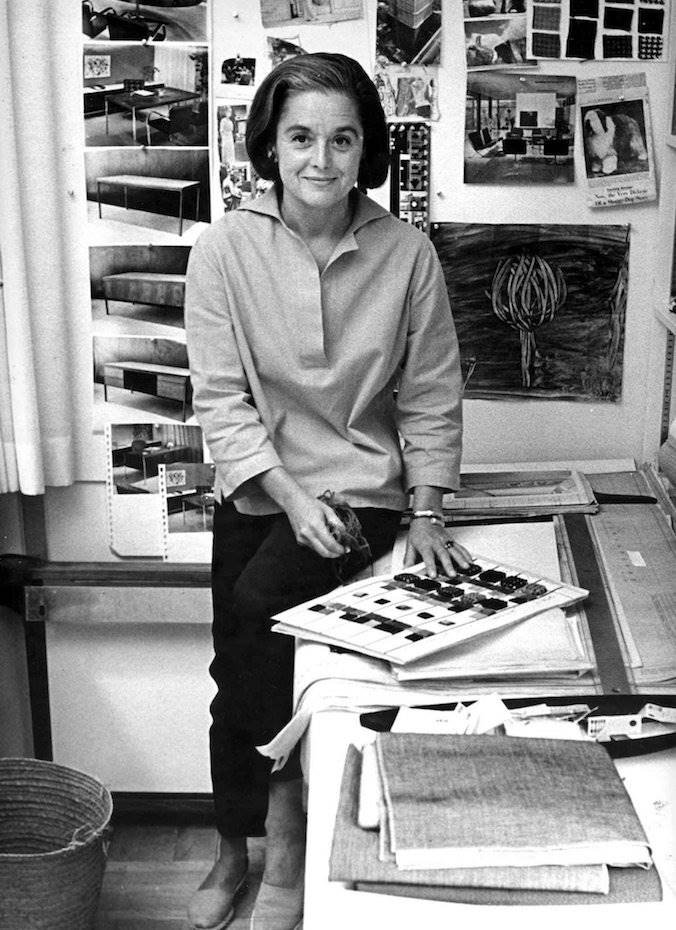#WomenDesign: Florence Knoll
#WomenDesign: Florence Knoll
Florence Schust (1917-2019) - known as Shu-, was a pioneer of industrial design and a key figure in 20th century interior design for her ability to revolutionize the look of the modern office with elegant furniture, artistic textiles and open planning, free and orderly.
After two years at the Architectural Association in London, the outbreak of World War II brought her back to the United States where she completed her training as an architect. In 1940 she was hired by Mies van der Rohe. As she was the only woman in the company, they used to assign her the interiors of the projects, a job "that her male colleagues constantly neglected." Shu not only excelled in this field, she also set a new standard for corporate interior design, based on the Bauhaus principles of creating functional and efficient workspaces.
In 1941, she moved to New York where she met Hans Knoll, a German businessman who had just founded the Hans G. Knoll Furniture Company. Shu joined the company; she provided her vision and knowledge of design and architecture, and he handled the furniture manufacturing and marketing. Five years later, they were married; she was renamed Florence Knoll and Knoll Associates Company. As a designer, she developed many of the company's design classics - sleek, minimal-shaped pieces that Knoll still produce - and, thanks to her exquisite taste and critical eye, Knoll surrounded herself with the best architects and designers of the day to create furniture that became great design icons (the MR Collection by Mies van der Rohe, the Diamond chair by Harry Bertoia, the Tulip chair or the iconic tables by Eero Saarinen). Florence devoted herself entirely to the company for 20 years, until 1965.
One of her greatest contributions to interior design was the Knoll Planning Unit (1946), a very pioneering service at the time, offering clients a “total design” package that redefined workspaces in postwar America. It was a concept based on studying the needs of each client very well and developing a personalized integral design, betting on clean and orderly spaces with open floors. Under this concept, she made, among others, the interiors of the offices of large corporations such as IBM, GM and CBS.
In 2002 she was awarded the United States National Medal of Arts, but her name never reached the significance that her transformative vision of design and architecture deserved.





